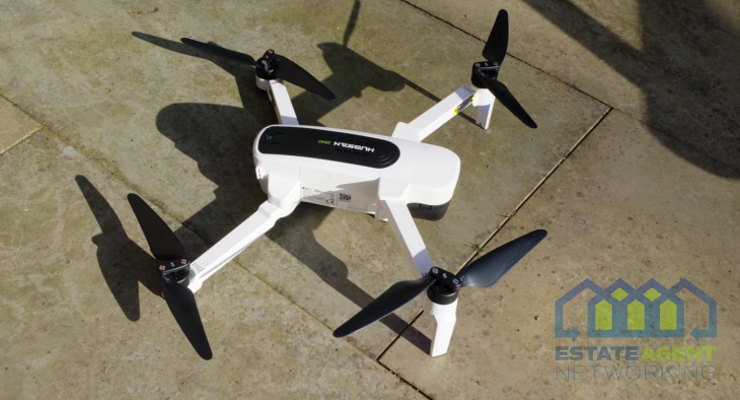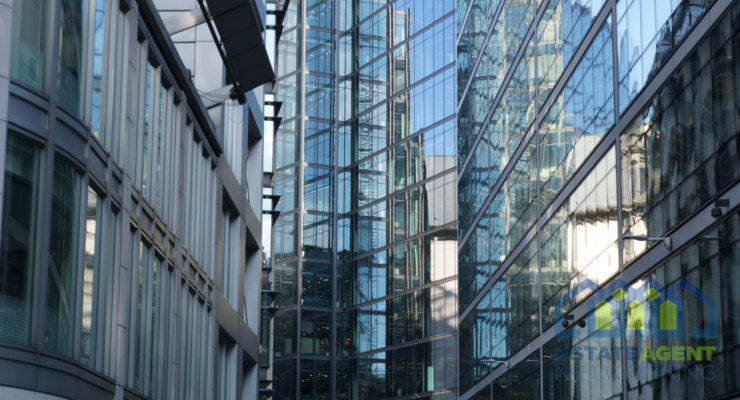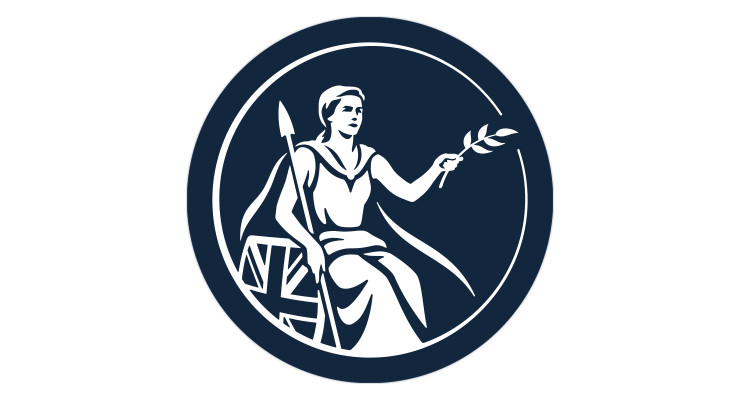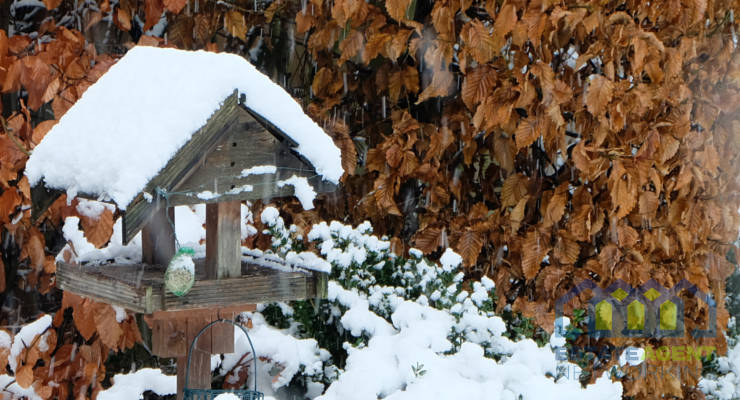Aerial imagery is now an affordable marketing product – Marketing From Above.
It is now very rare to go a day without seeing aerial drone footage on our screens, be it part of a news item, a Country File story or in the latest drama series. The technology in putting a camera in the air has advanced rapidly over recent years and as the cost of flying camera platforms has decreased, the quality of imagery obtainable has increased. Prices for professional drones start now at below £1000. These flying cameras can produce stunning high resolution photographs and HD quality video ideal for your display screens, websites and marketing literature. The latest cameras will film in 4K video, giving greater scope for video editing. An Estate Agent would be wise to consider aerial using imagery where feasible, it forming part of the marketing strategy for high end properties.
Aerial imagery is now an affordable marketing product.
These drones are now readily available from the high street outlets and the internet, but what is easy to obtain is not so easily put to work. There are significant rules for their use, quite strict rules that ensure public safety and privacy, all governed and enforced by the UK Civil Aviation Authority (CAA).
 Although anyone can fly a drone and take photographs there are strict and legal minimum distance limits from people, property and vehicles. This ensures safety and privacy. There are maximum distances for vertical and level flight. Anyone using a drone to take imagery for commercial work must have Permissions for Aerial Work (PFAW) issued by the CAA. Prior to gaining PFAW the operator needs to become qualified to pilot a drone, hold appropriate drone insurance (min. £2,000,000 liability) and have submitted a safety orientated operations manual.
Although anyone can fly a drone and take photographs there are strict and legal minimum distance limits from people, property and vehicles. This ensures safety and privacy. There are maximum distances for vertical and level flight. Anyone using a drone to take imagery for commercial work must have Permissions for Aerial Work (PFAW) issued by the CAA. Prior to gaining PFAW the operator needs to become qualified to pilot a drone, hold appropriate drone insurance (min. £2,000,000 liability) and have submitted a safety orientated operations manual.
 Very few estate agents have the ‘in house’ capability to legally capture aerial imagery using a drone. The CAA has recently seen it fit to warn estate agents that they risk fines of up to £5000 if they use imagery that has not been taken by a legal operator. Commercial work can only be undertaken legally by PFAW operators. If they’re not ‘licensed’, neither will they be insured.
Very few estate agents have the ‘in house’ capability to legally capture aerial imagery using a drone. The CAA has recently seen it fit to warn estate agents that they risk fines of up to £5000 if they use imagery that has not been taken by a legal operator. Commercial work can only be undertaken legally by PFAW operators. If they’re not ‘licensed’, neither will they be insured.
Hopefully armed with an understanding of the legal constraints and with property to sell that will look stunning photographed from the air, an agent needs to look for an operator to shoot this imagery.
- If you look for local operators, their travel and time cost should be less than someone traveling across the country. From a business perspective it is good to support the local economy, which you are part of. ARPAS is a professional association for PFAW operators and their website will have details of any local operators. https://www.arpas.uk/
- Ideally, footage needs to be taken when the weather is good: blue skies, light winds and the sun in a good position for the best shots. Local operators should hopefully be in the position to be able to turn up when these conditions are right.
- Have a list of the sort of shots you would like. What post shoot processing of the imagery will be required? Will you be doing that ‘in house’ or is editing to be required from the operator?
- Let the operator know the location well beforehand. The operator has to undertake a ‘pre deployment survey’ where they take an initial decision as to whether it will be safe to fly and if there is any obvious risk mitigation needed before flying. If there is nearby farmland or property, it may be worth trying to obtain owner contact details to pass on to the pilot.
- Make sure the client is aware of what is planned and when it is likely to happen. Lawns need to be cut, gardens and patio areas made tidy, windows shut, people kept indoors, animals safely out of the way of the drone and vehicles parked neatly.
At the end of the day it is the product and the quality of that product that will help sell not only the property but the services of the aerial operator.
My company Sky Eye Concepts is based in Derbyshire.









